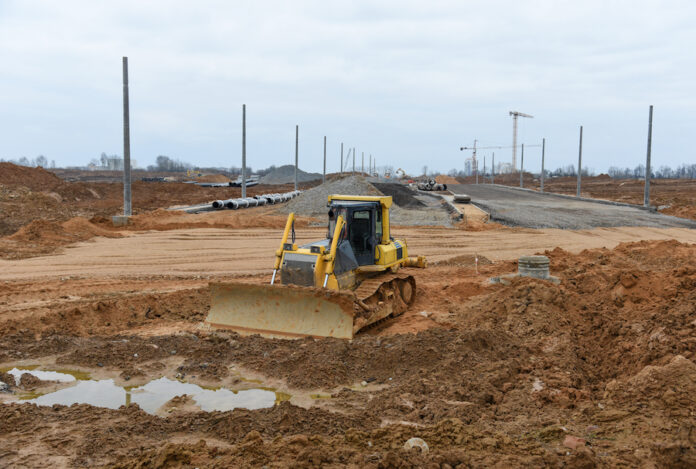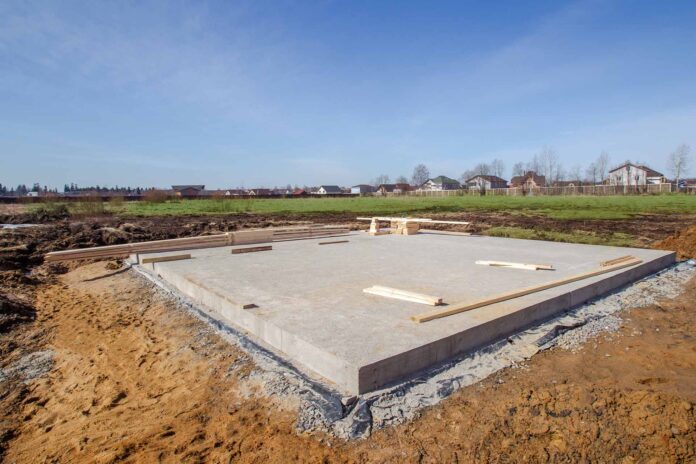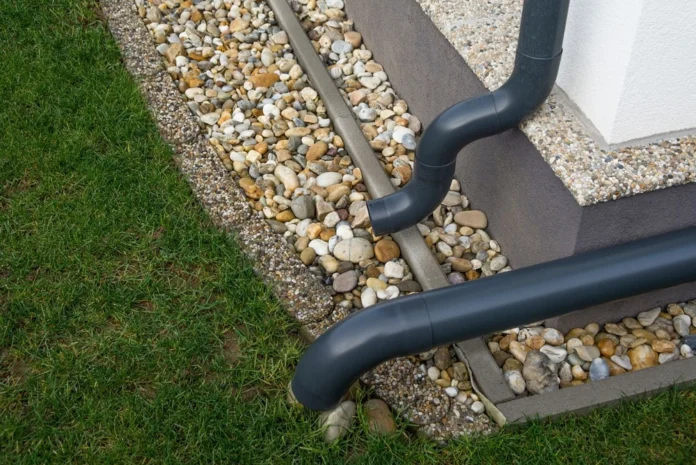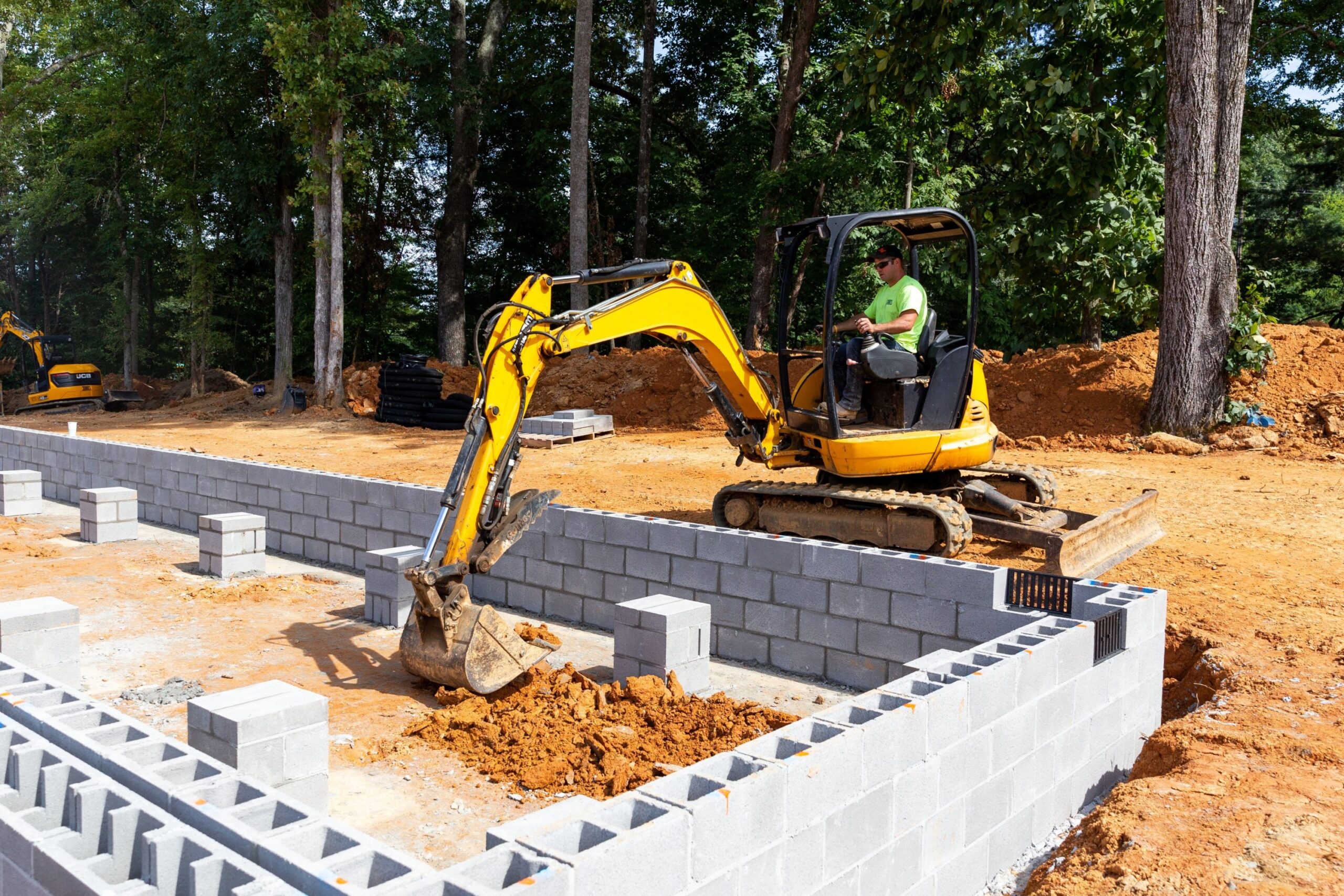When it comes to constructing a building, the foundation is the unsung hero that ensures the structure’s stability and durability. Site grading and preparation play a crucial role in creating a solid foundation that can withstand the test of time. In this comprehensive guide, we will explore the key tips for a well-prepared building foundation, demystifying the process for you.
The Importance of Proper Site Grading
Ensuring Adequate Drainage

Proper site grading begins with ensuring adequate drainage for your building’s location. Without effective drainage, water can accumulate around the foundation, leading to problems such as erosion, basement flooding, and even structural damage. To address this issue, grading should be designed to direct water away from the building.
The first step in achieving this is to identify the natural slope of the land and use it to your advantage. Grading should be done in a way that promotes surface water runoff away from the foundation. This can involve creating gentle slopes or swales that guide water away from the building or installing drainage systems like French drains to divert water efficiently.
Preventing Soil Erosion
Soil erosion can be a silent destroyer of floors if not properly managed. Erosion occurs when wind, rain, or water runoff removes the topsoil from the building site, leaving them vulnerable. To prevent soil erosion, it’s essential to implement erosion control measures during site preparation.
One effective method is to use erosion control blankets or mats, which are placed over bare soil to stabilize it and prevent erosion. Additionally, planting grass, shrubs, or ground cover can help anchor the soil and reduce erosion risk. By taking these steps, you not only protect your floor but also contribute to environmental conservation.
Preparing the Building Site
Clearing and Excavation

Before any construction can begin, the building site must be cleared and excavated to the required depth. This process involves removing vegetation, debris, and any obstacles that might hinder construction. Excavation is then carried out to reach the desired level for the foundation.
During excavation, excavation contractors play a crucial role in ensuring that safety regulations and guidelines are adhered to.
This includes their responsibility for shoring and bracing the excavation site to prevent collapses, as well as overseeing the proper disposal of excavated materials.
The depth of excavation must match the building’s design, which may vary depending on the type of structure and local building codes. Working closely with excavation contractors is essential to guarantee a safe and well-executed excavation process.
Compaction and Soil Testing
Achieving proper soil compaction is a critical step in site preparation. Compacted soil provides a stable base for the basis, reducing the risk of settling or shifting over time. Soil compaction is typically done using heavy machinery, which compacts the soil layers to the required density.
Soil testing is another crucial aspect of site preparation. This involves analyzing the soil’s composition and characteristics to ensure it meets the necessary standards for load-bearing capacity and stability.
If the soil is found to be inadequate, appropriate measures can be taken, such as adding fill material or using specialized designs to address the soil’s limitations.
Foundation Types and Construction
Choosing the Right Foundation Type

The choice of type depends on various factors, including the building’s size, soil conditions, and local building codes. Common types include slab-on-grade, crawl space, and full basement foundations.
- Slab-on-Grade: This type of foundation is the simplest and most cost-effective. It consists of a concrete slab poured directly on the ground. Slab-on-grade bases are suitable for smaller structures and areas with stable soil conditions.
- Crawl Space: Crawl space bases provide access to the space beneath the building. This type of foundation is ideal for regions with high water tables or uneven terrain. It elevates the structure above potential moisture problems while allowing for storage and easy access to utilities.
- Full Basement: Full basements offer the most space but are also the most complex and expensive option. They are commonly used in regions with harsh climates and provide additional living or storage space. Proper waterproofing is essential to prevent water infiltration in full basements.
Foundation Construction
Regardless of the type chosen, proper construction techniques are essential for a durable and stable foundation. The construction process involves forming and pouring concrete footings and walls, followed by curing and finishing. Reinforcement, such as rebar or mesh, is often added to enhance strength and durability.
Walls should be properly insulated and waterproofed to protect against moisture intrusion. The use of high-quality materials and skilled craftsmanship is crucial during construction to ensure the integrity. Regular inspections and adherence to building codes are essential to guarantee compliance with safety and quality standards.
Foundation Maintenance and Care
Regular Inspections
Once the foundation is in place, regular inspections are necessary to detect and address any potential issues promptly. Inspections should include checking for cracks, settling, and signs of water infiltration. Any problems should be addressed promptly to prevent further damage.
Proper Drainage Maintenance

Maintaining proper drainage around the bases is an ongoing task. Keep gutters and downspouts clear of debris to ensure efficient water flow. Additionally, ensure that the grading around the building remains intact and continues to direct water away from the foundation.
Foundation Repairs
If issues are identified during inspections, it’s essential to address them promptly. Cracks in the foundation should be sealed to prevent water penetration and further deterioration. In cases of significant damage or settling, professional foundation repair may be required to stabilize the structure.
Conclusion
A well-prepared building foundation is the cornerstone of a safe and durable structure. Proper site grading and preparation, coupled with the selection of the right foundation type and quality construction, are essential steps in ensuring the long-term stability of any building.
Regular maintenance and prompt repairs further contribute to the foundation’s longevity, protecting your investment and ensuring the safety of occupants for years to come.
By following these key tips, you can lay the groundwork for a successful construction project and a solid foundation for your building.







